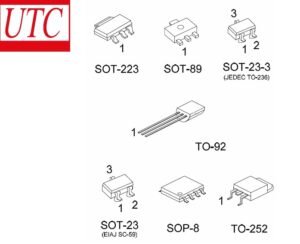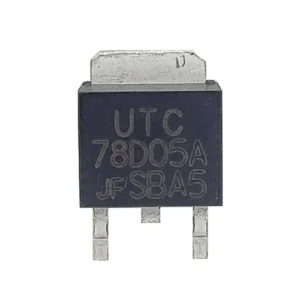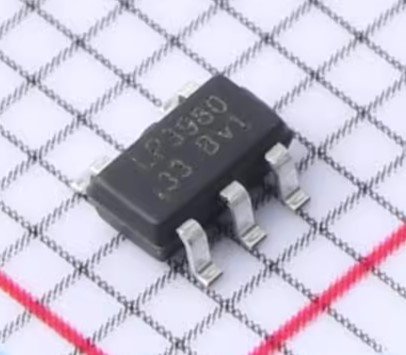Discover the UTC78LXXS Linear Regulator: Your Reliable Voltage Regulation Solution
In the ever – evolving world of electronics, reliable voltage regulation is crucial for the optimal performance of various devices. The UTC78LXXS series of linear regulators has emerged as a popular choice among engineers and hobbyists alike, offering a range of features that make it suitable for a wide array of applications.
Understanding Linear Regulators
A linear regulator is an integrated circuit designed to maintain a fixed voltage across a load. It operates on a simple principle, similar to a resistor divider circuit. By adjusting its internal resistance in response to changes in load and input voltage, it ensures a stable output voltage. Unlike switching regulators, linear regulators do not have any switching elements, which results in an output free from switching ripples. This makes them ideal for applications where a clean and stable power supply is essential, such as in sensitive electronic equipment like audio amplifiers and precision measurement devices.
Features of the UTC78LXXS
- Fixed Output Voltages: The UTC78LXXS series is available with several fixed output voltages, including 5V, 6V, 8V, 9V, 10V, 12V, 15V, and 24V. The last two digits of the part number denote the output voltage. For example, the UTC78L05 provides a stable 5 – volt output. This wide range of options allows designers to select the most appropriate regulator for their specific circuit requirements.
- High – Quality Performance: These regulators offer output voltage tolerances of ± 5 % over the temperature range, ensuring consistent performance even in challenging environmental conditions. They are designed to provide local, on – card regulation, eliminating distribution problems associated with single – point regulation. This makes them suitable for use in logic systems, instrumentation, high – fidelity (hifi) equipment, and other solid – state electronic devices.
- Current and Power Management: With adequate heat sinking, the UTC78LXXS can deliver up to 100 mA of output current. The regulator also incorporates current limiting to safeguard the circuit by restricting the peak output current to a safe value. Additionally, it offers safe area protection for the output transistors, which limits internal power dissipation. In case the internal power dissipation becomes too high for the available heat sinking, a thermal shutdown circuit activates to prevent the IC from overheating.
- Package Options: The UTC78LXXS is available in multiple package types, including the plastic TO – 92 (LP) package, the SOIC (D) package, and a chip – sized package (8 – bump DSBGA) using TI’s DSBGA package technology. These different packages provide flexibility in circuit design, allowing for easy integration into various printed circuit board (PCB) layouts.
Applications of the UTC78LXXS
- Consumer Electronics: In devices such as mobile phones, tablets, and portable music players, the UTC78LXXS can be used to regulate the voltage supplied to different components. For example, it can provide a stable 3.3V or 5V power supply to the microcontroller, sensors, and other integrated circuits, ensuring their proper functioning.
- Automotive Electronics: The automotive industry requires reliable voltage regulation for various on – board systems. The UTC78LXXS can be used in applications such as car audio systems, where it helps to maintain a clean power supply for the amplifier, enhancing the audio quality. It can also be used in sensor circuits within the vehicle, providing a stable voltage source for accurate sensor readings.
- Industrial Control Systems: In industrial settings, where precision and reliability are of utmost importance, the UTC78LXXS can be found in control panels, programmable logic controllers (PLCs), and other industrial equipment. It ensures that the electronic components within these systems receive a consistent and stable voltage, minimizing the risk of malfunctions due to voltage fluctuations.



